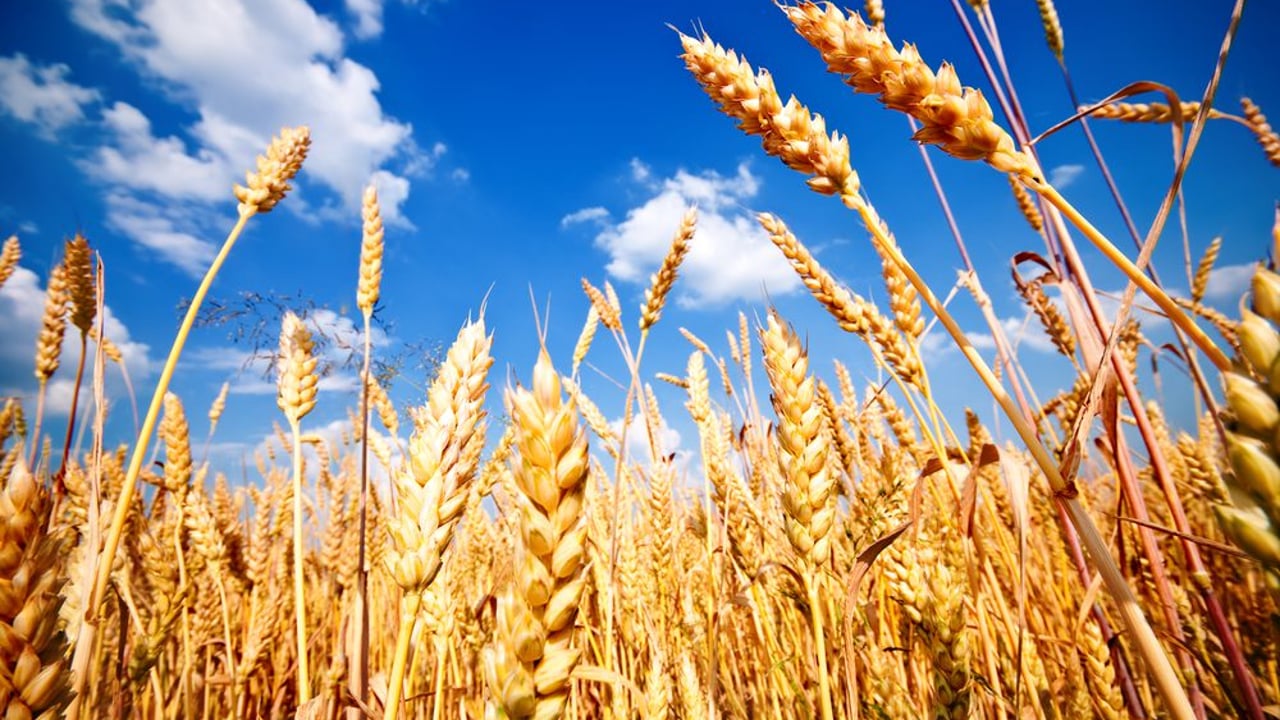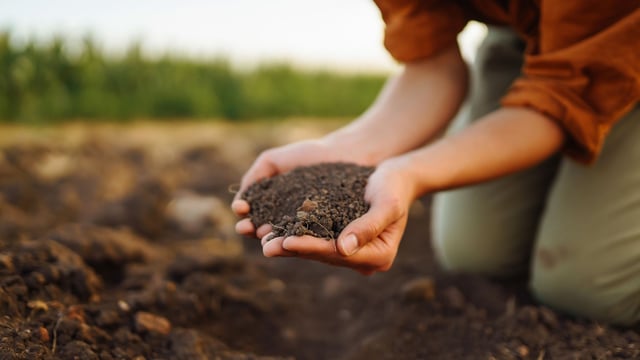Quarter of tillage farm households 'vulnerable' in 2023 - Teagasc
A quarter of households involved in specialist tillage farming were considered "vulnerable" in 2023, according to a new report from Teagasc.
The annual sustainability report, based on findings from the National Farm Survey that was published earlier this year, was released yesterday (Tuesday, October 29).
Yesterday, Agriland reported on the findings for the dairy and cattle (beef) sector while this article delves into the findings for the specialist tillage and sheep sectors.
The report shows that 25% of tillage farm households were vulnerable in 2023, which, like dairy farms, was the highest rate since Teagasc began publishing this report, the first one of which was for the year 2013.
This figure reflects a sharp fall in tillage farm incomes in 2023, something that was also seen in the dairy sector.
Gross output per hectare for tillage farms last year was recorded at €2,171/ha, down from €2,810/ha in 2022; while gross margin per hectare fell to €1,154/ha, down from €1,576/ha.
As a result, the average family farm income on tillage farms in 2023 saw a large fall to just €260/ha, down almost four-fifths since 2022, when the figure was €1,015/ha.
As a result of that, the viability of tillage farms for 2023 also sharply declined, with only 34% of farms considered viable based on Teagasc's figures, compared to 78% for 2022.
In terms of tillage farm environmental sustainability, carbon dioxide equivalent (CO2eq) emissions per hectare was steady over the two years, at around 1.9t CO2eq/ha, while ammonia emissions (NH3) were 10.7kg/ha.
Nitrogen (N) balance (N inputs less N outputs) in terms of kilograms per hectare were slightly higher in 2023 than 2022 (39.3kg N/ha compared to 37.1kg N/ha); while phosphorous (P) balance was also higher year-on-year (2.1kg P/ha compared to 1.3kg P/ha).
Teagasc report on sheep
Turning to the sheep sector, household vulnerability also increased in this sector, with 38% of households classed as vulnerable, up from 26%.
Gross output per hectare on sheep farms actually increased slightly, from €1,419/ha to €1,455/ha year-on-year, and gross margins per hectare saw a slightly wider increase from €615/ha to €766/ha.
However, these did not prevent a decrease in family farm income per hectare to €251/ha in 2023, compared to €341/ha in 2022.
Only 14% of sheep farms were regarded as viable in 2023, almost half the figure for 2022 (27%).
The sheep sector saw emissions of around 3.9t CO2eq/ha in 2023, a slight increase year-on-year, while NH3 emissions also saw a slight increase to 12.6kg NH3/ha.
N balance on sheep farms was an average of 34.9kg N/ha, an increase on the 28.6kg N/ha figure for 2022.





